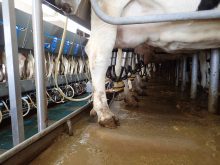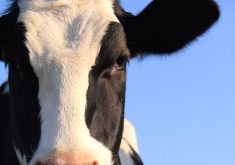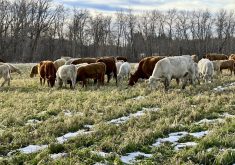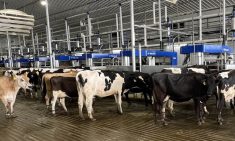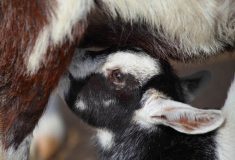When Sean Smith of Clanman Jerseys toured his first compost bedding pack barn in Ontario, he was impressed.
The Manitoba dairy farmer was drawn to the comfort it provided to cows. The steady supply of high quality fertilizer was a bonus, while cost-wise, the system had a compelling argument.
“In comparison to a straw bedding pack, the compost pack is, in our opinion, way more cost efficient,” he said.
Read Also
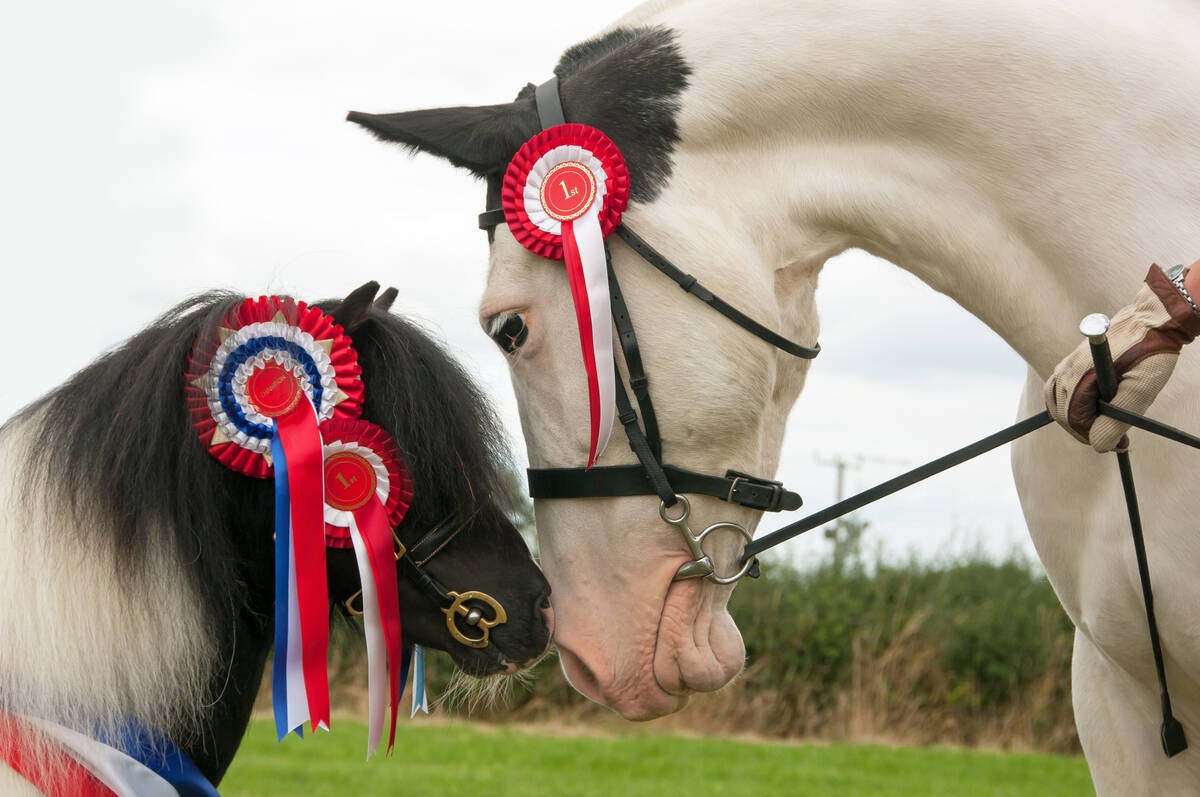
Linebreeding horses drives genetic bottlenecks
Too much linebreeding and prioritizing pedigree can narrow genetic diversity and lead to horse health problems in future generations.
Clanman Jerseys built its new barn in 2017 with the intention of bedding the lactating cattle on compost.
Why it matters: Compost bedding is one tool in the Smith family’s soil-health focused, input-reduced management style.
The Smiths’ compost bedding pack barn near Clanwilliam is a rarity for Manitoba, and only possible through its location in the more heavily treed areas of Westman and Riding Mountain National Park.
[RELATED] Cow mattress has cooling potential
Wood shavings, which form the basis of the pack, are difficult to source in most of the province, Smith noted, and his family also struggled to make the practice functional before finding a local supplier.
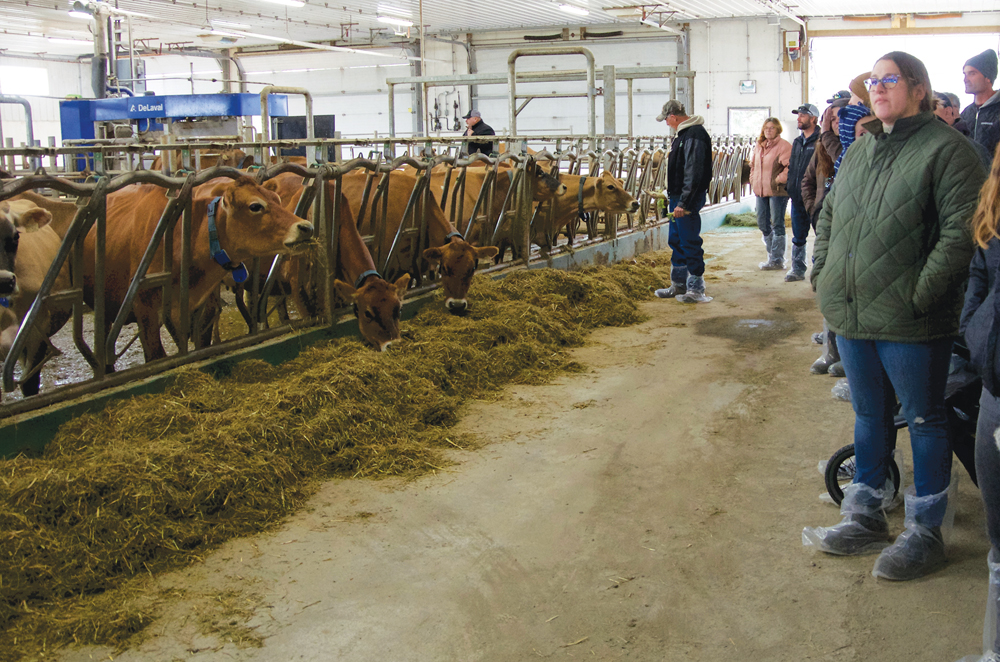
Their system starts with a layer of shavings about six inches deep. Winter bedding adds seven bucket loads of shavings to the mix every second day, decreasing to a weekly addition of five bucket loads in the summer months.
“As the manure and urine is deposited in it, we then cultivate that to bare the manure and urine and mix it in and create a compost,” Smith said.
Cows bed down on the percolating compost pack. The mixture gets a cultivator pass twice a day to introduce oxygen and mix any new manure and urine. The built-up compost is removed seasonally, placed in windrows and turned throughout the winter.
Come spring, the Smiths have a product to sell.
The farm has marketed compost in bulk to gardeners and landscapers for the last three years. In 2020 and 2021, Clanman Jerseys also turned its compost into a fundraiser for the local 4-H club.
Sales were down this spring due to wet conditions, Smith said.
“By the time everyone could get into their gardens, they couldn’t put compost in, but other years we were over $7,000 in sales,” he said. “It’s not huge, but it’s nice – a little bit extra.”
[VIDEO] Compost cow bedding isn’t the only new idea for Clanman Jerseys. The dairy producer has also added a robo milker to its operation that allows cows to milk themselves. Watch below:
The compost, plus manure deposited during grazing, is the only fertilizer the farm uses. The Smiths keep enough compost to cover about 40 acres, with fields rotating to get a shot of that nutrient about every seven years, Smith said.
“Mostly, we manage our nutrients through diversity and rotating our crops and our grazing.”
As a proponent of regenerative agriculture, the farm manages its dry herd and young stock entirely on pasture. Non-lactating animals are rotated through the total graze system for five to six months of the year and fed on pasture for the remaining time.
[RELATED] Dairy farmers well positioned for regenerative ag, producers say
Herds on perennial pastures are moved every two days, with each paddock grazed once a year, before moving to graze annual regrowth in the fall after polycrops have been harvested for the lactating cow ration. Multi-species mixes of legumes and grasses dominate the farm’s perennial hay lands, while annual silage is planted with a mix of up to 12 species.

Elimination of synthetic fertilizer costs has been among the biggest boons to the farm’s ledger, Smith said, along with lower costs for winter feed due to the extended grazing season.
The cost of wood shavings for the compost is about $1,600 per truckload and the farm use about one truckload each month during winter, Smith said.
Today, the farm milks 60 purebred Jerseys though its compost bedding pack barn. A single-animal robotic milker stands sentinel between the barn and free pasture access, and cattle must run through the robot’s seven-minute milking cycle to get outside.
“It’s a way that we can still graze our cows and have the robot milking system,” Smith said. “When we first started, we weren’t forcing them through the robot and they were just spending too much time outside. We weren’t getting enough milkings in a day. This way, we’re allowing them to be outside when they want to be, they just have to go through the robot first.”
[RELATED] How do you make a Danish cow stop burping?
At two daily milkings per cow, the farm averages about 23 litres per cow per day in the summer and about 4.8 per cent butterfat.
Digging in
There is little locally available advice on compost bedding. Factsheets published by Ontario’s Ministry of Agriculture, Food and Rural Affairs (OMAFRA) note cow comfort is a factor in compost bedding pack barns. Cows can choose their lying position, the ministry notes.
Some farms consider free-stall housing a more expensive option compared to compost bedding, OMAFRA says, while the practice easily converts to a three-row free-stall barn.
However, the ministry warns producers to watch for udder health problems. The layout also requires nine and a half square metres of bedding space per cow, although OMAFRA puts total per cow barn space at 14 square metres.
Producers might also expect the pack to differ from normal compost conditions. A 2007 study comparing traits from eight compost pack barns found that, while pH from the barns’ compost averaged 7.5 (well within the normal range of 6.5 to eight), compost from pack barns had slightly higher moisture (63 per cent of wet basis compared to the ideal 50-60 per cent) and lower temperature (42.5 C compared to the 54-60 C normally suggested).
“The data collected, compared to the preferred conditions for proper composting, suggested that the pack material was not composting in the traditional sense,” the OMAFRA document reads.
“Even so, the researchers concluded that the heat and biological activity of the pack were sufficient to control environmental mastitis organisms and fly larvae.”





